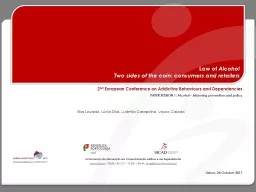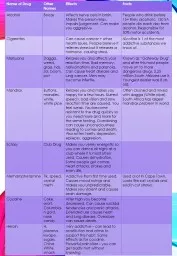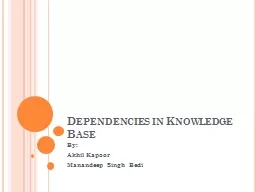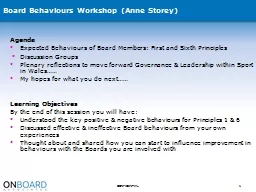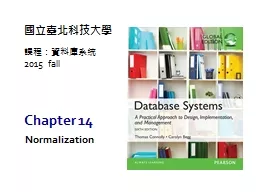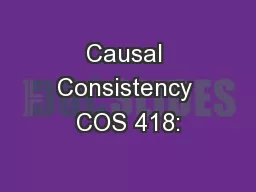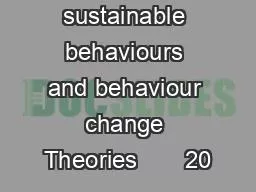PPT-2 nd European Conference on Addictive Behaviours and Dependencies
Author : pamella-moone | Published Date : 2019-11-02
2 nd European Conference on Addictive Behaviours and Dependencies PAPER SESSION 1 Alcohol informing prevention and policy Law of Alcohol Two sides of the coin consumers
Presentation Embed Code
Download Presentation
Download Presentation The PPT/PDF document "2 nd European Conference on Addictive B..." is the property of its rightful owner. Permission is granted to download and print the materials on this website for personal, non-commercial use only, and to display it on your personal computer provided you do not modify the materials and that you retain all copyright notices contained in the materials. By downloading content from our website, you accept the terms of this agreement.
2 nd European Conference on Addictive Behaviours and Dependencies: Transcript
Download Rules Of Document
"2 nd European Conference on Addictive Behaviours and Dependencies"The content belongs to its owner. You may download and print it for personal use, without modification, and keep all copyright notices. By downloading, you agree to these terms.
Related Documents

